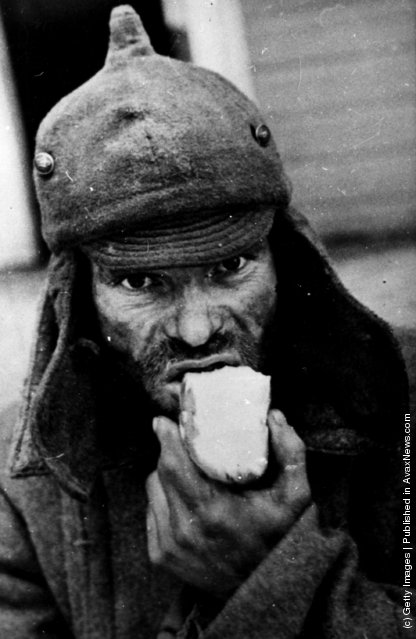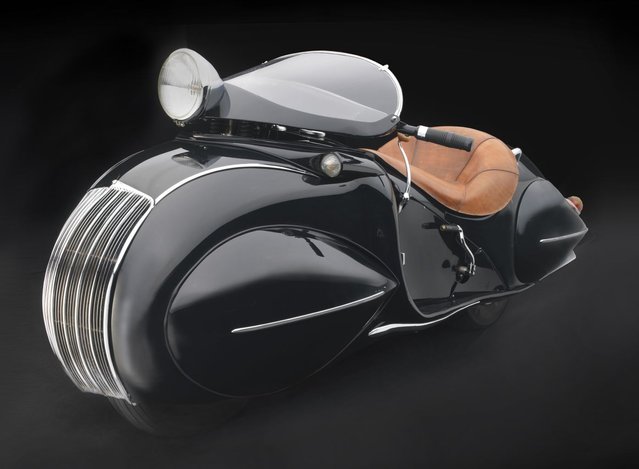13 Apr 2011 08:49:00,post received
0 comments
Details
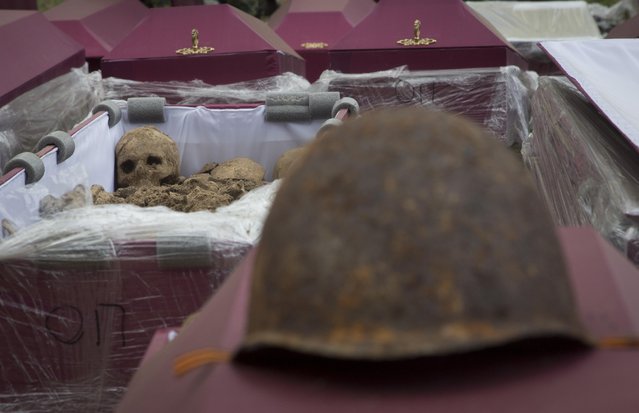
In this photo taken Thursday, May 7, 2015 photo, remains of Soviet soldiers killed during World War II lay in a coffin prior to a reburial ceremony at the Sinyavino Heights memorial near the village of Sinyavino, 50 km (31 miles) east of St. Petersburg, Russia. Hundreds of people came to a World War II battleground outside St. Petersburg this week to bury the remains of 964 Soviet soldiers recovered by volunteer search teams. Fifty crimson coffins containing skulls and bones were solemnly buried at the Sinyavino Heights memorial as Russian war songs played and an honor guard fired a salute. (Photo by Dmitry Lovetsky/AP Photo)
10 May 2015 11:12:00,post received
0 comments
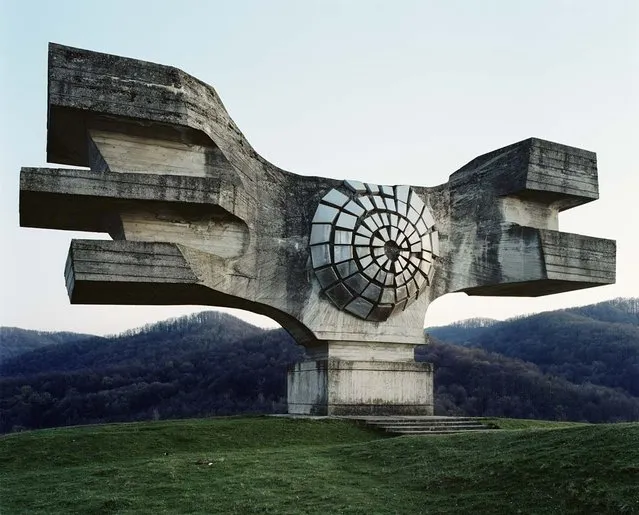
The brutalist war memorials found throughout the former Yugoslavia were weird enough when they were built in the 1960s and 70s. Today, separated by the end of an architectural movement and the disintegration of the country, they seem almost alien. Belgian photographer Jan Kempenaers treats them purely as artistic objects in his book, “Spomenik”, named for the Serb-Croat word for monument. Known for photographing geographical oddities, Kempenaers was captivated by the spomenik after seeing them in an art encyclopedia. After hearing that many had been destroyed or abandoned, he set out to record what was left. (Photo by Jan Kempenaers)
18 Aug 2014 09:07:00,post received
0 comments
Details
16 Jun 2013 06:40:00,post received
0 comments
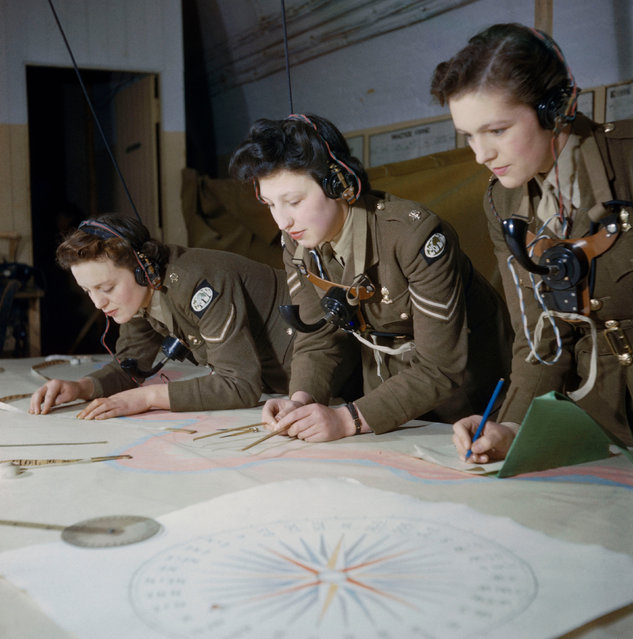
Auxiliary Territorial Service (ATS) plotters at work at Coastal Artillery Headquarters in Dover, December 1942. The Auxiliary Territorial Service was the women's branch of the British Army during the Second World War. It was formed on 9 September 1938, initially as a women's voluntary service, and existed until 1 February 1949, when it was merged into the Women's Royal Army Corps. The ATS had its roots in the Women's Auxiliary Army Corps (WAAC), which was formed in 1917 as a voluntary service. During the First World War its members served in a number of jobs including clerks, cooks, telephonists and waitresses. The WAAC was disbanded after four years in 1921. (Photo by Ted Dearberg/IWM/PA Wire)
13 Jul 2017 07:52:00,post received
0 comments
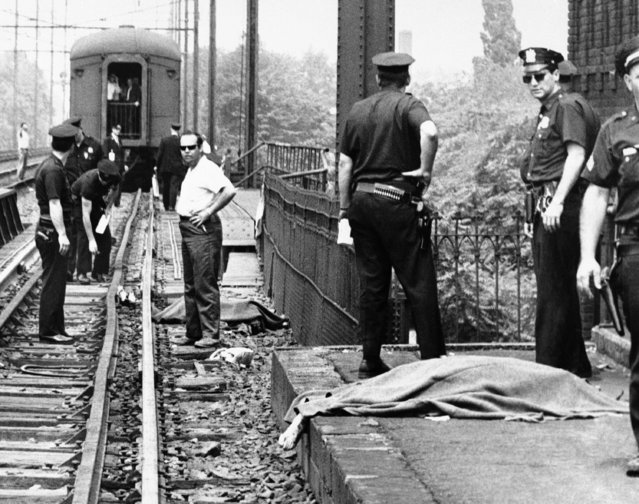
Blankets cover the bodies of a woman (right) and a man (left background) hit by a northbound Penn Central train (background) as they waited with a crowd at Pennsylvania Railroad station in Elizabeth, N.J. on June 8, 1968 to view the southbound train carrying the body of Sen. Robert F. Kennedy to Washington. The woman was identified as Mrs. Antoinette Severini, 54, and the man, John Curia (age unavailable), both of Elizabeth. (Photo by AP Photo)
09 Dec 2017 02:15:00,post received
0 comments
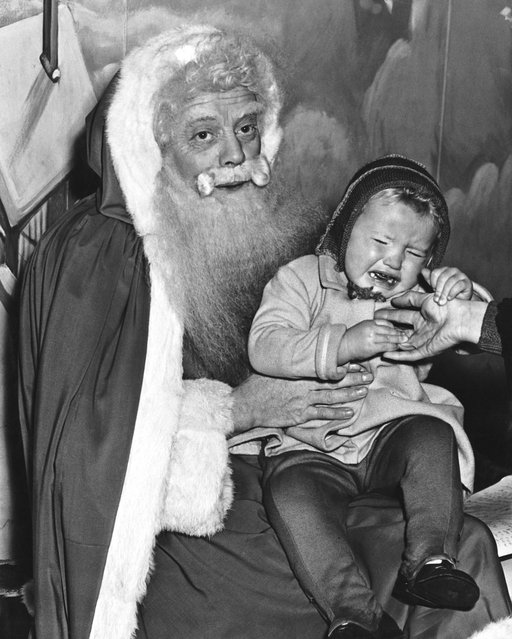
Two and a half year-old Jennifer Martin in tears during a visit to Santa at Harrods department store in London, 10th December 1949. (Photo by William Vanderson/Fox Photos/Hulton Archive/Getty Images)
29 Dec 2017 07:53:00,post received
0 comments
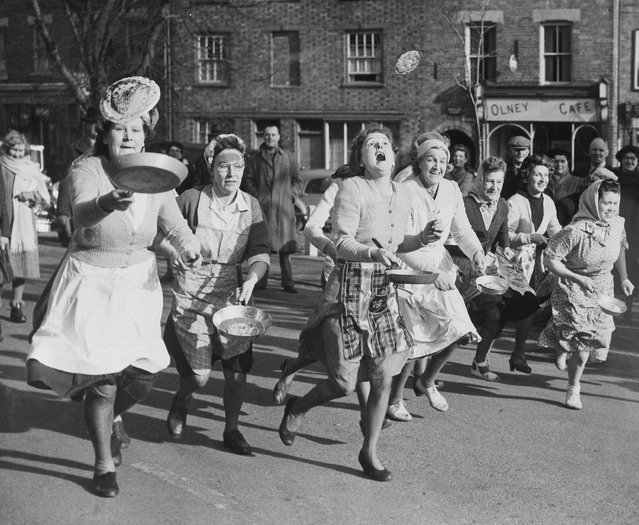
British housewives toss pancakes in skillets as they run through the streets of Olney, England, in the community's annual race which follows a 500-year-old tradition, February 6, 1951. Mrs. Isabel Dix, 22, extreme right, won the race covering the 415 yards from the Parish pump to the door of Sts. Peter and Paul church in one minute, 12.1 seconds. (Photo by AP Photo)
20 Mar 2018 00:03:00,post received
0 comments
Last searches:

